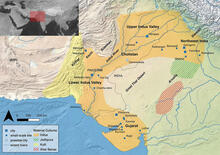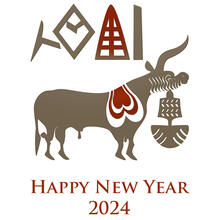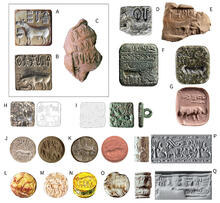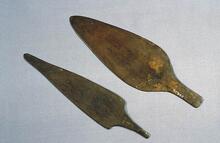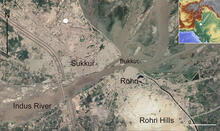The author brings together a great deal of information to argue that "inscribed stamp-seals were primarily used for enforcing certain rules involving taxation, trade/craft control, commodity control and access control," and in relating stamp seals and tablets, that "such tablets were possibly trade/craft/commodity-specific licenses issued to tax-collectors, traders, and artisans," (p. 1).
We turned 28 this year - founded in 1995! - and wish the thousands of people who come to the site every day from all over the world to learn about the ancient Indus civilization a very Happy New Year.
A must-read paper for those fascinated by the extensive trade networks that the ancient Indus civilization was integrated with. Infused with the latest research from the many regions in question, it summarizes and delves into the evidence of people, texts, animals, minerals and plants to seals and weights, pottery, stone, metal and ivory objects, statues, games and toys and more.
Whether or not the ancient Indus civilization was peaceful or not has intrigued a number of scholars and led to books like Jane McIntosh's A Peaceful Realm (2001). The apparent lack of weaponry and depictions of warfare, possibly ideas on the supposed egalitarianism of Indus civilization have led to a preponderance of this hypothesis.
We know so little about so many Indus sites, including ones that are buried beneath modern cities and may never be discovered. One such potentially large settlement is Lakheen-Jo-Daro, sometimes also called Lakhan Jo Daro, bits of which have been found in and around the modern city of Sukkur, Sindh, on the Indus River, just across the monumental chert deposits in the Rohri Hills.
A well-illustrated over view of the ancient Indus site of Dholavira, its history and construction with a leading authority on the civilization in Gujarat, India.
The first cranio-facial reconstructions of two bodies found in an Indus-era cemetery in Rakigarhi were published not too long ago; both subjects, known as 7.2 A1 BR02 and 7.2 A2 BR36 are shown above.

